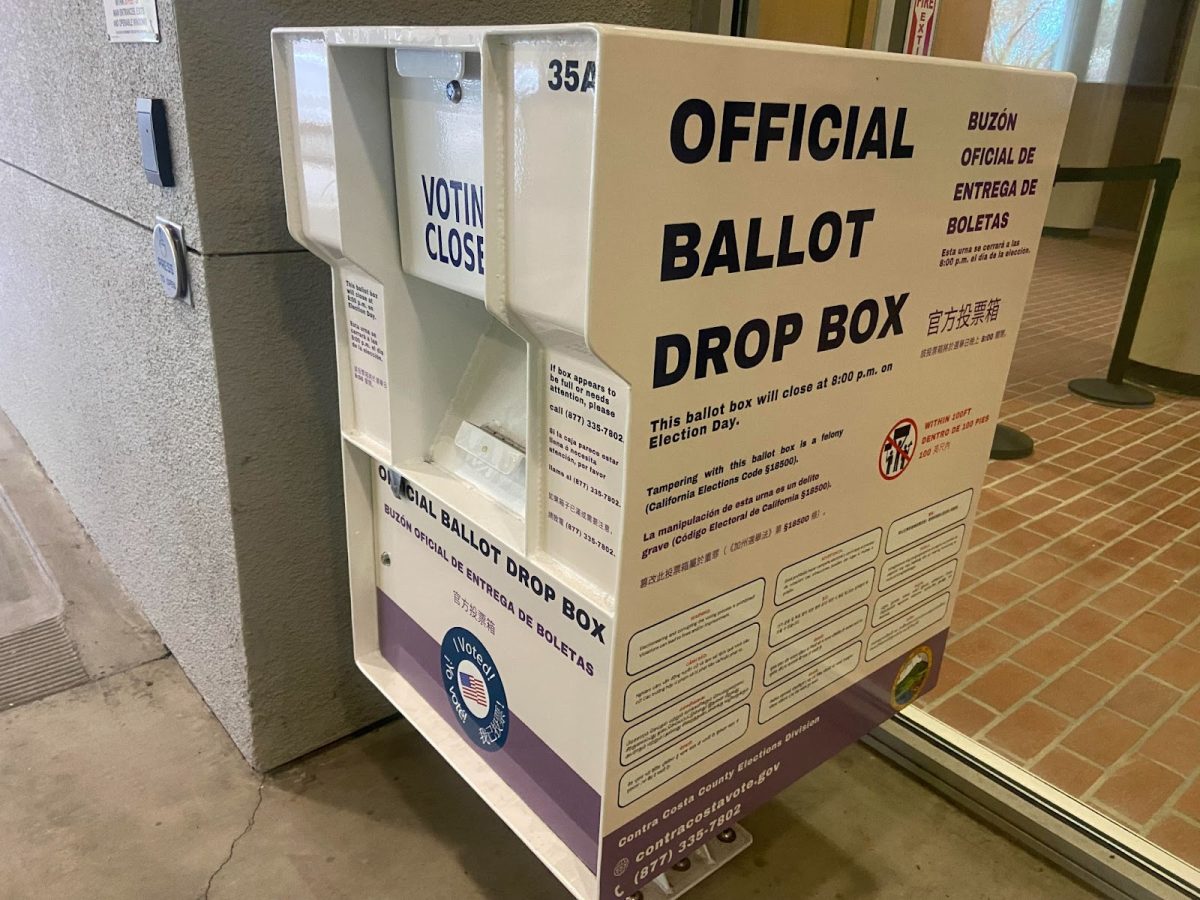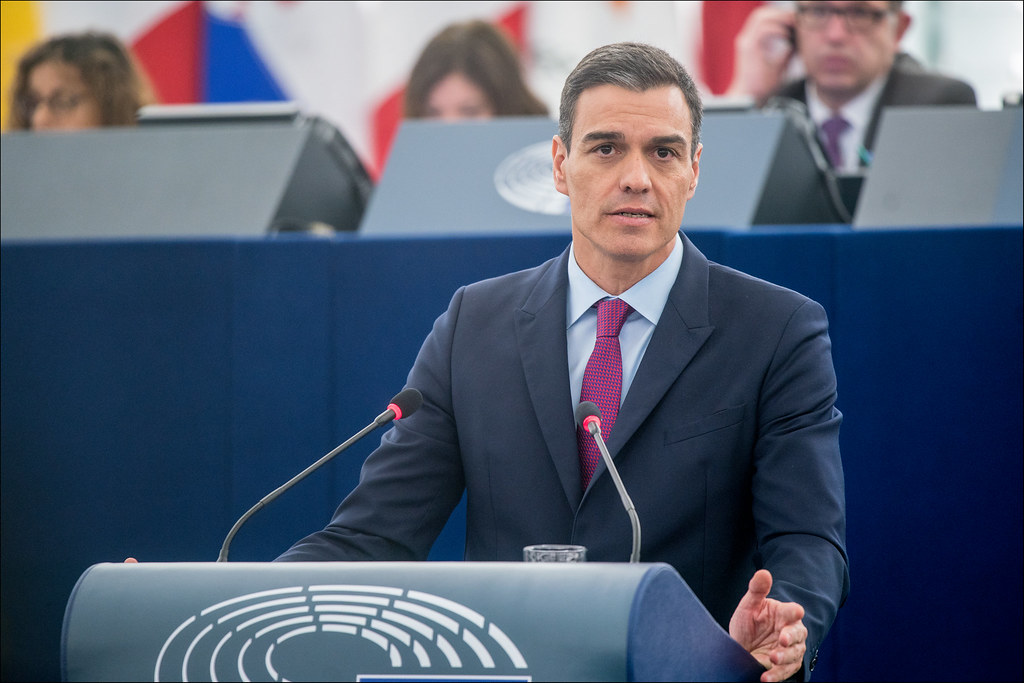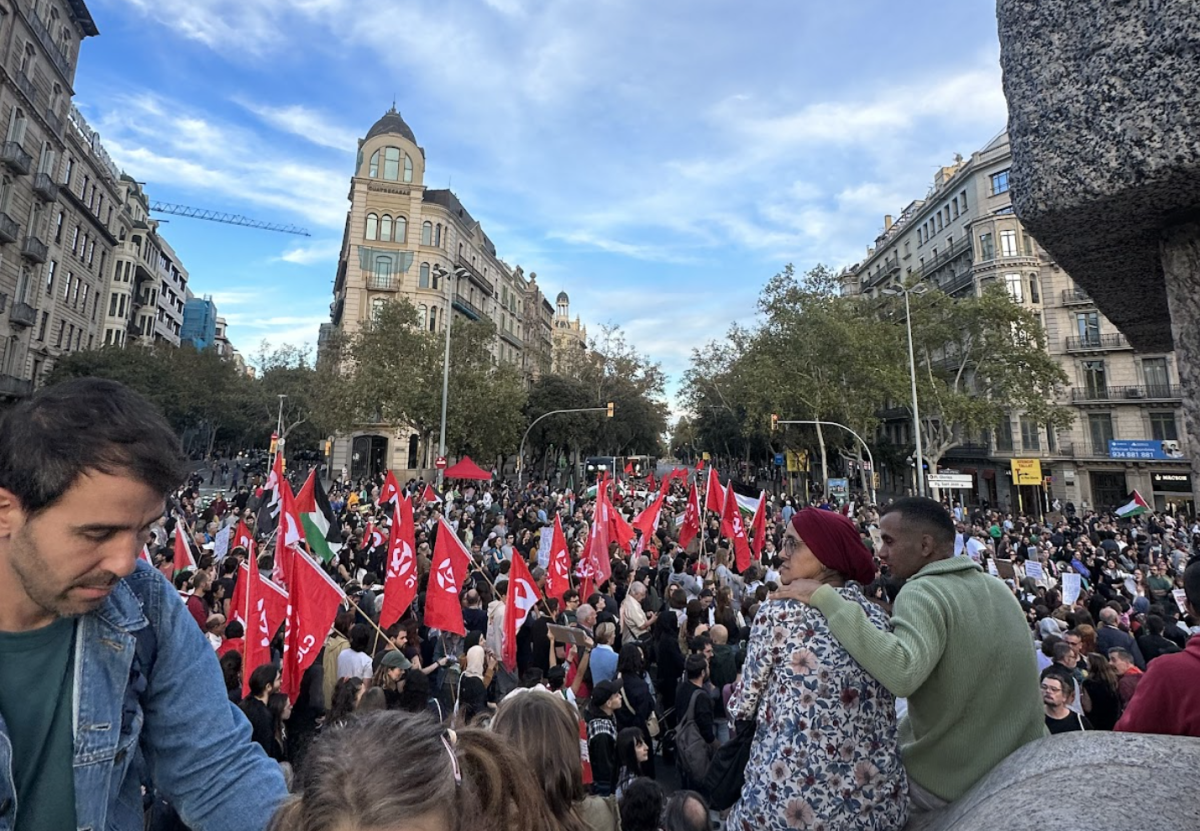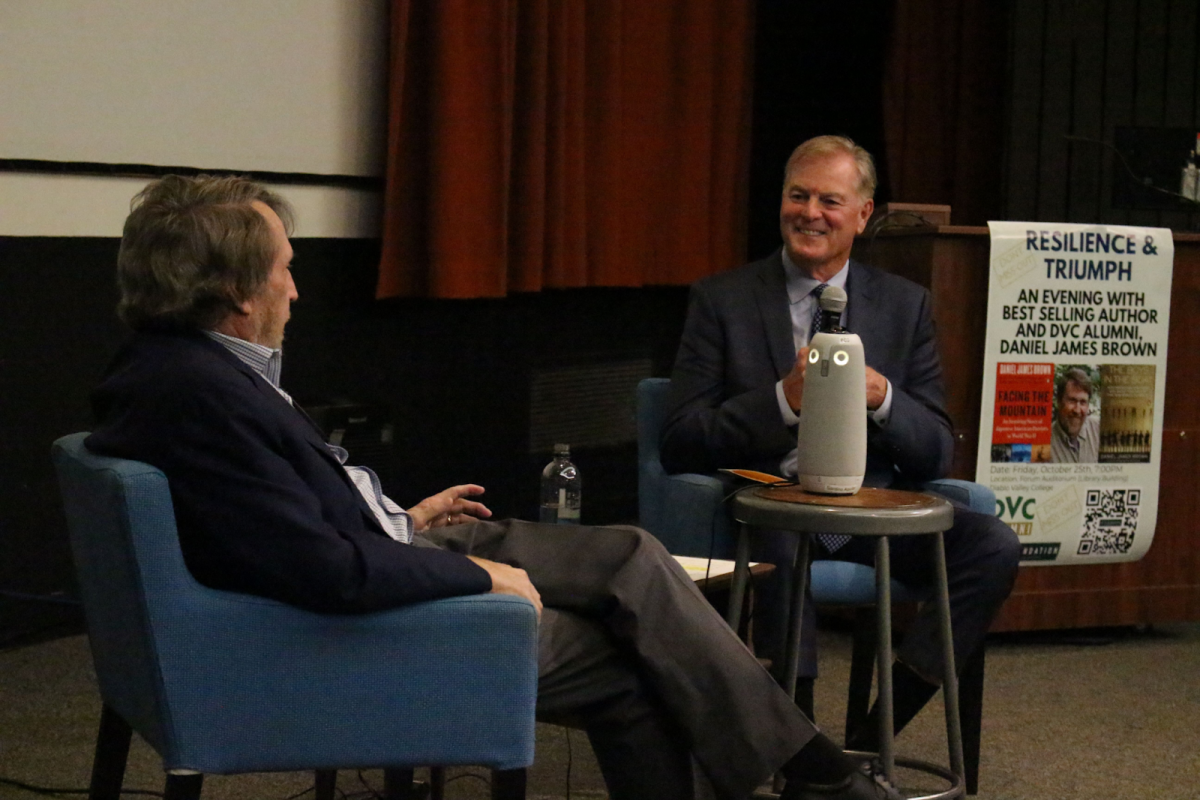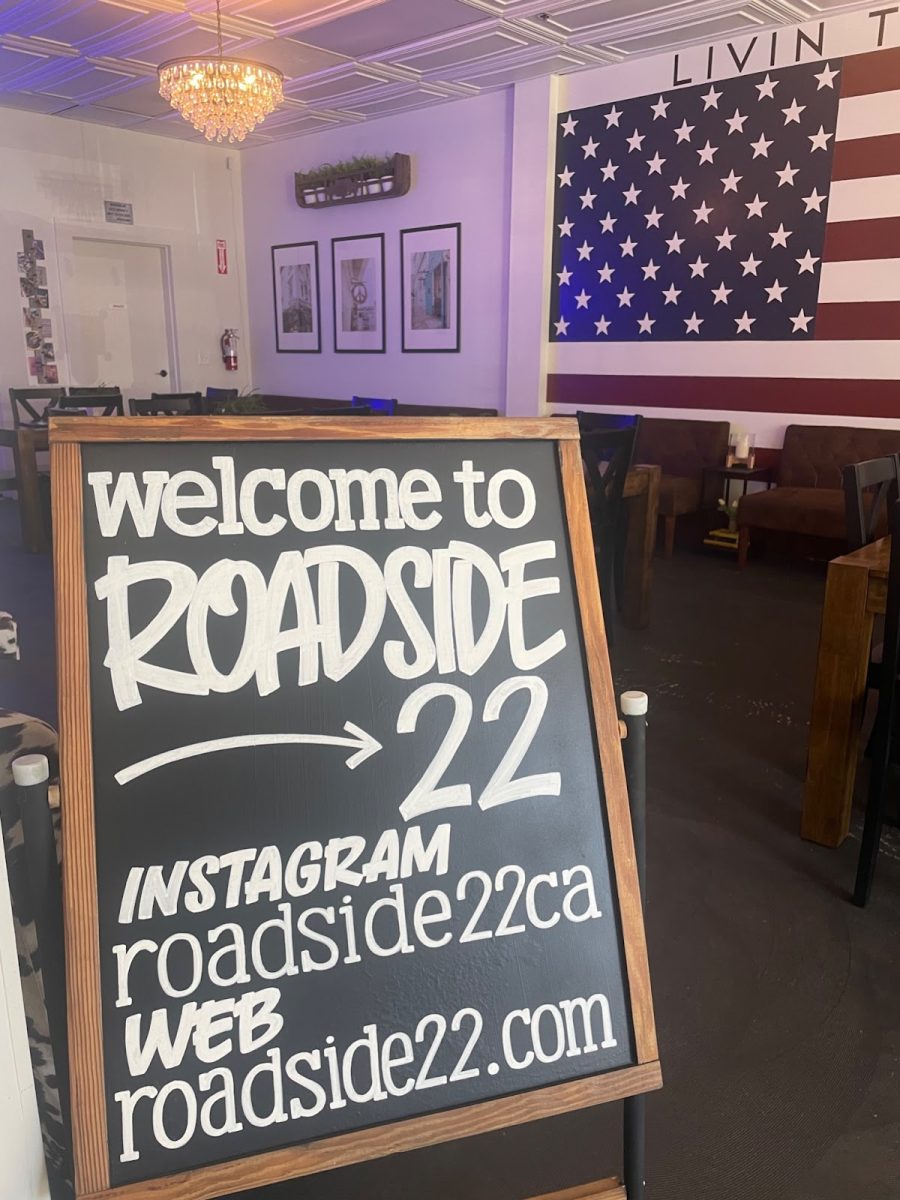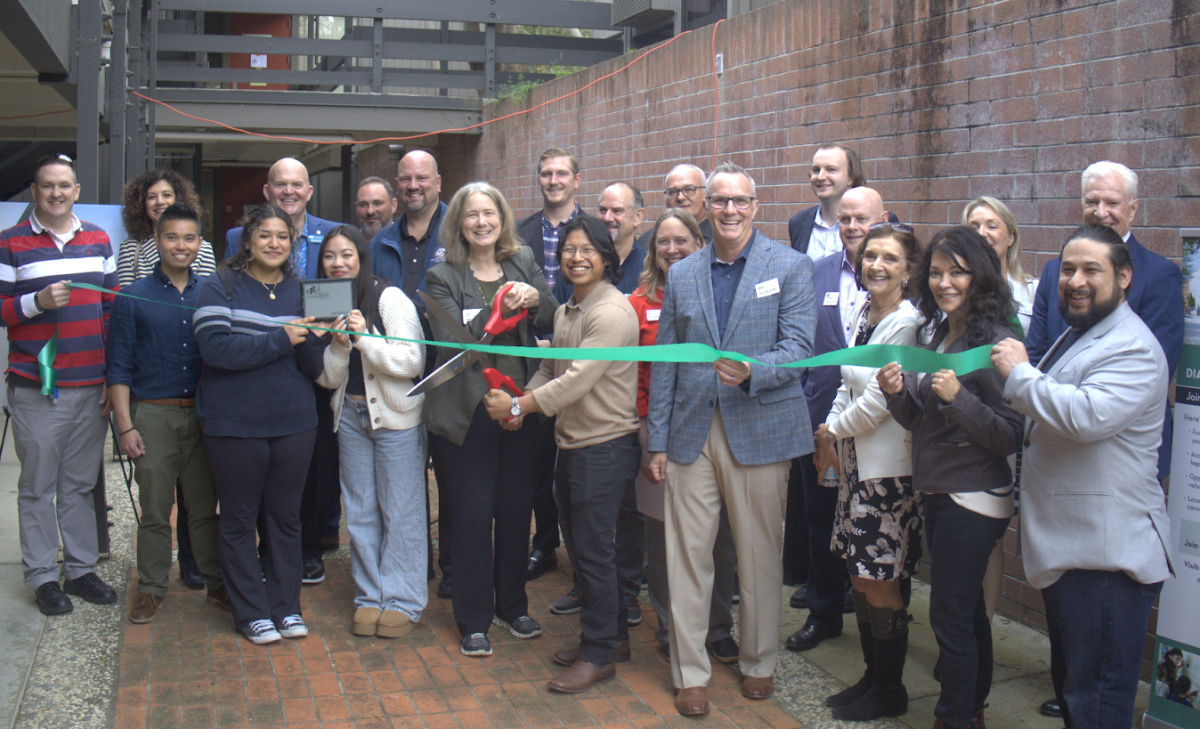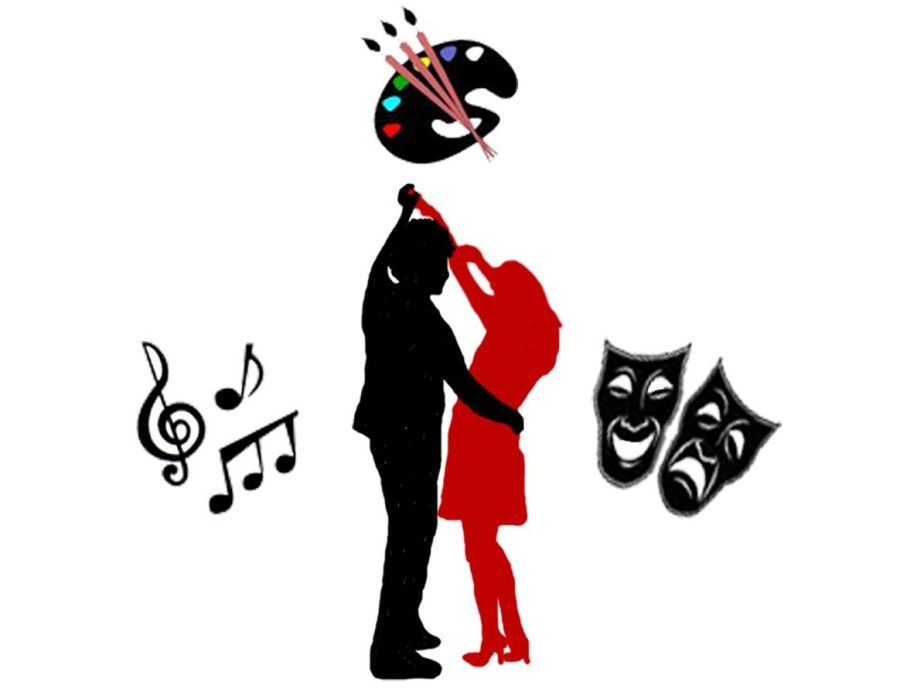Letter to the Editor: Art as Part of General Educational Classes
Dear Editor-in-Chief,
In our current society, we tend to undervalue, discount, and squash the actualization and reaching of one’s potential, including one’s creativity, because traditional educational institutions promote conformity rather than original thinking and creative process.
People at any stage of their lives struggle with internal issues that can lead to psychological problems; these issues can affect their daily lives greatly. In the psychological field, there is a therapy called Person-Centered Expressive Arts, practiced by the psychologist Natalie Rogers, that aims to help individuals access their feelings through spontaneous creative expressions, such as movement, painting, sculpting, music, writing, and improvisation.
Natalie Rogers addresses that using the arts in a safe, person-centered environment enables individuals to express deep emotions and feelings often inaccessible through words. This therapy could be the key to helping individuals improve their lives from the inside, or mindset, to the outside, or external environment related to human being actions.
Dr. Joe Rubino, an internationally acclaimed authority on self-esteem building, best-selling author, and life-changing personal development coach, says that about 85 percent of the American population has a “self-esteem deficit,” which makes people feel frustrated and angry, unfulfilled, unloved, nervous, or shy. This deficit problem can lead people to live under pressure by society, since they never learned how to be expressive with their emotions, and they could also struggle to express emotions through words. Thus, it will eventually stop people from approaching their interests; therefore, they will not achieve their dream goal due to their self-esteem deficit.
I, Laura Martinez, as a college student, think that the inclusion of classes for personal integration could be a great starting point to develop self-discovery and self-empowerment in our society. Implementing this therapy in educational courses as part of the general requirements in each grade throughout any educational journey can lead individuals to discover aspects of themselves that were previously difficult for them to understand and share.
In retrospect, the idea of having one class of art therapy would have been beneficial to me. I would have liked to understand myself better, and I think we could introduce this therapy more easily to everyone through education. I address this implementation in the educational system because I think Natalie Roger’s person-centered expressive arts therapy can be applied at different age stages. For example, throughout professor-student relations, this therapy can create more vital mindsets and help people develop better self-esteem with the pedagogic degree of professors at different educational levels, starting from kindergarten to higher education in universities.
Laura Martinez











